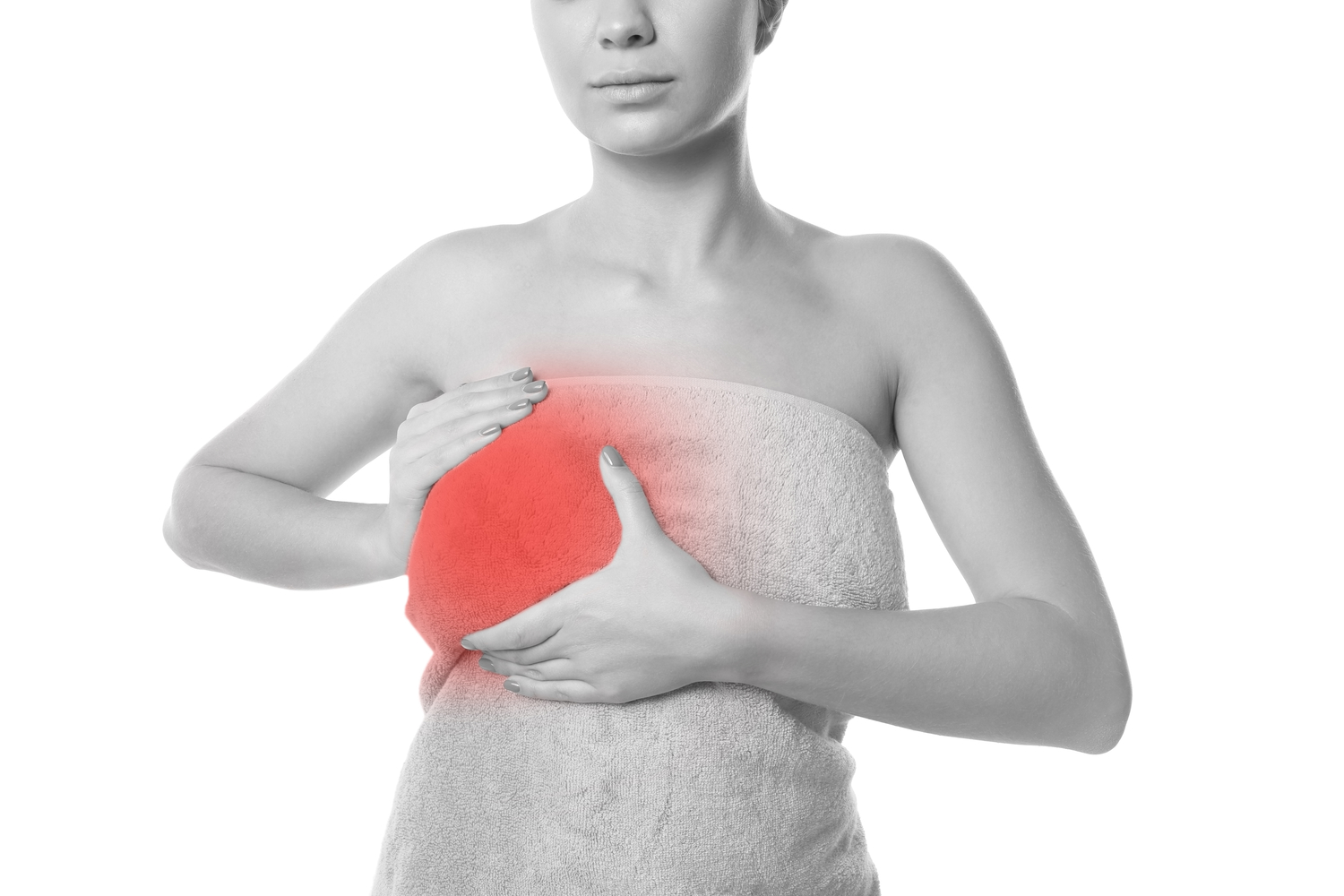Complete Guide to Identifying and Managing Breast Discomfort
This comprehensive guide explores the causes of breast discomfort, highlighting the importance of understanding symptoms, distinguishing benign from serious conditions, and knowing when to seek medical help. Covering hormonal, injury-related, and other medical causes, it provides practical advice for effective management and reassurance, emphasizing the significance of early diagnosis for optimal health outcomes.

Understanding Breast Discomfort: Causes, Risks, and When to Seek Medical Help
Breast discomfort, especially persistent or recurring pain in the left breast, can be an important warning sign of underlying health issues. While it is common for many women to experience occasional breast tenderness or soreness due to hormonal changes or minor injuries, ongoing or severe pain should never be ignored. Recognizing the root causes of breast discomfort is crucial for timely intervention and peace of mind. This comprehensive guide aims to explore the various reasons behind breast pain, distinguish between benign and more serious causes, and provide guidance on when to seek professional medical advice.
Many women may dismiss breast pain as merely hormonal or benign, but it can sometimes be indicative of severe health risks such as heart problems, infections, or cancers. Pain localized in the left breast can, in some cases, be an early warning sign of cardiovascular issues, including heart attack symptoms, which often manifest as chest pain radiating to the arm, neck, or jaw. It is vital to be attentive to these signs, as early detection can significantly impact treatment outcomes.
Understanding that pain may originate from various sources is essential. The discomfort may appear to be directly from the breast tissue but might actually stem from underlying muscles, nerves, or organs nearby. For instance, muscular strain from physical activity or improper posture can cause pain that feels like breast discomfort. Gastrointestinal conditions such as acid reflux are also common culprits, as they can cause referred pain to the chest and breast area.
Additionally, breast discomfort can be associated with hormonal fluctuations during menstrual cycles, pregnancy, or menopause. Hormonal shifts can lead to cyclical breast tenderness, swelling, or soreness that typically resolves after the hormonal change subsides. Such discomfort is usually bilateral and predictable, aiding in distinguishing benign cyclical changes from more serious conditions.
Other medical causes include breast injuries from trauma, surgical procedures, benign lumps like cysts or fibroadenomas, and inflammatory processes such as mastitis. Injuries can damage breast tissues and nerve endings, resulting in localized pain, especially if nerve pathways are involved. Surgical scars from procedures such as breast augmentation, reductions, or reconstructions can also cause residual soreness or discomfort that persists for months after operation.
Hormonal therapies or medications containing hormonal components may cause changes in breast tissue, leading to discomfort or swelling. Monitoring these symptoms and consulting healthcare providers can help manage and mitigate these effects effectively.
In situations where breast pain arises from lumps or thickening, medical evaluation is necessary to rule out benign conditions like cysts or, more critically, breast cancer. Imaging tests such as mammograms, ultrasounds, or biopsies may be recommended to determine the nature of any abnormal growths.
Not all breast or chest pain sources are related to breast tissue itself. Conditions affecting adjacent structures — such as muscular strain from strenuous activity or poor ergonomics, costochondritis (inflammation of the rib-sternum joint), lung infections, or even blood clots — can cause pain mimicking breast discomfort. Shingles, a viral infection affecting nerves, can also cause significant pain around the chest and breast areas.
Recognizing the warning signs and symptoms that necessitate prompt medical attention is crucial. Immediate consultation is necessary if chest pain persists, worsens, or is accompanied by symptoms such as excessive sweating, dizziness, shortness of breath, nausea, or radiating pain to the arm or jaw. These could be signs of life-threatening conditions such as heart attacks or severe infections requiring urgent intervention.
For minor and non-emergency cases, management options include over-the-counter pain medications like ibuprofen or acetaminophen, supportive bras that provide gentle compression, and natural remedies. Some women find relief using herbal supplements or oils like evening primrose oil, which may help alleviate inflammation and discomfort. Lifestyle modifications, such as reducing caffeine intake and wearing comfortable, properly fitted bras, can also support symptom relief.
Nevertheless, it is essential to consult healthcare professionals before starting any treatment regimen. A doctor can perform a thorough examination, order necessary diagnostic tests, and develop a personalized treatment plan. Accurate diagnosis ensures effective treatment and can alleviate anxiety about underlying serious conditions such as cancer or heart disease.
In conclusion, breast discomfort is a symptom that warrants careful attention and appropriate medical evaluation. Recognizing the differences between benign, hormonal, injury-related, and potentially life-threatening causes can facilitate quick intervention. Whether managing mild cyclical pain or addressing new, persistent symptoms, seeking timely medical advice is key to safeguarding health and well-being.





